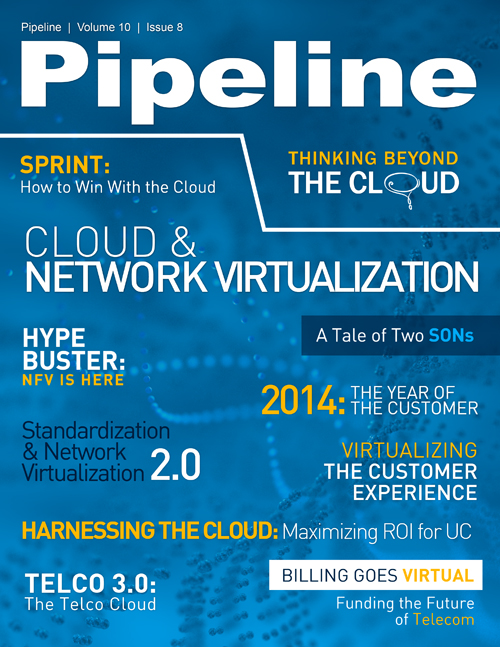Billing Goes Virtual
Many CSPs are becoming cloud services brokers that need highly flexible billing systems to accommodate the dynamic nature of this business. In 2011, Tata Communications tapped Zuora’s cloud billing platform to support the launch of InstaCompute, Tata’s on-demand cloud computing and storage product. Typical project timelines of this scope stretch 18-24 months; but, with virtualized billing, Tata was able to rapidly get in the game in just 60 days.
Rural service providers
Rural service providers, alternatively described as tier-two and tier-three telcos, don’t have the resources to purchase traditional billing systems that support advanced functionality required to compete in the digital economy. These CSPs are perfect candidates for virtualized billing, which is why many traditional BSS vendors have evolved their offerings for cloud delivery. In April, 2013, Amdocs announced the availability of its BSS product from the cloud. The ability to tap into advanced billing platforms in the cloud helps “level the playing field for smaller players like rural service providers,” said Rebecca Prudhomme, Vice President of Product and Solutions Marketing, Amdocs.
Emerging markets
Another case where virtualized billing makes sense is for smaller service providers that serve emerging markets, says Sean Casey. “The stakes are enormously high for these operators: they don’t have the deep pockets of their top-tier competitors and, therefore, cannot afford to undertake large capital expenditures to build custom BSS/OSS systems. To serve emerging markets effectively, building common standardized interfaces makes more sense—from both a cost and a utility perspective—and supports ease of integration across multiple geographies and technology platforms. Virtualized billing offers these types of service providers an inherently flexible, low-cost, and reliable billing solution. “
MVNOs
Cloud-based billing and MVNOs fit hand-in-glove. From popular terrestrial and online retailers, to non-profits, to sub-brands of Tier-1 service providers, MVNOs are hot. However, MVNOs usually don’t have the capital to build and scale out customized billing systems in the traditional manner, and their business metrics can vary wildly. “Cloud platforms can be faster to configure and spin up, which also means lower cost of entry for new services or new players entering the communications market,” says Jim Dunlap.
Virtualized billing removes much of the risk associated with launching and managing a new MVNO. This past November, Redknee helped one of the largest retailers in the Americas launch an MVNO with its cloud-based billing and customer care platform. The retailer was able to quickly deploy and monetize the mobile service as a result.
New verticals
Another prime application for cloud-based billing is in new verticals, especially those that have been traditionally hard to monetize. Cycle30, for example, has recently experienced high demand for its cloud billing products from the M2M market. Other examples include utility, connected car, and smart home. By leveraging the flexibility of a virtualized platform, CSPs can explore these rapidly evolving markets with less risk than ever before.
The sky’s the limit
“The companies that can transform and monetize their business models in new ways using the cloud will be the market leaders of the future,” said Karl Whitelock, director, global OSS BSS strategy at Stratecast, in a September press release.
To remain competitive in this digital economy, service providers must employ next-generation BSS functionality like dynamic pricing, tailored billing, usage-based charging, and real-time inducement. Ultimately, virtualized billing transforms the very nature of billing into a value-added function. What was once a back-office, post-hoc process can now be pushed to the front of the customer experience, personalized, and even monetized. New revenue streams can be explored with less risk, new services can be rapidly deployed, and costs can be controlled by scaling with demand.
In keeping with this trend, vendors must offer their billing platforms as cloud variants. “The SaaS [software as a service] model is likely to become the dominant delivery method over the next five years, making virtualization a must for successful billing vendors,” says Sean Casey.
The virtualized billing market is growing nearly ten times faster than the telecom support market as a whole. Just as it has in nearly every other functional area of the telecommunications business, virtualization has created the new reality, and those who ignore it will be left behind.



















